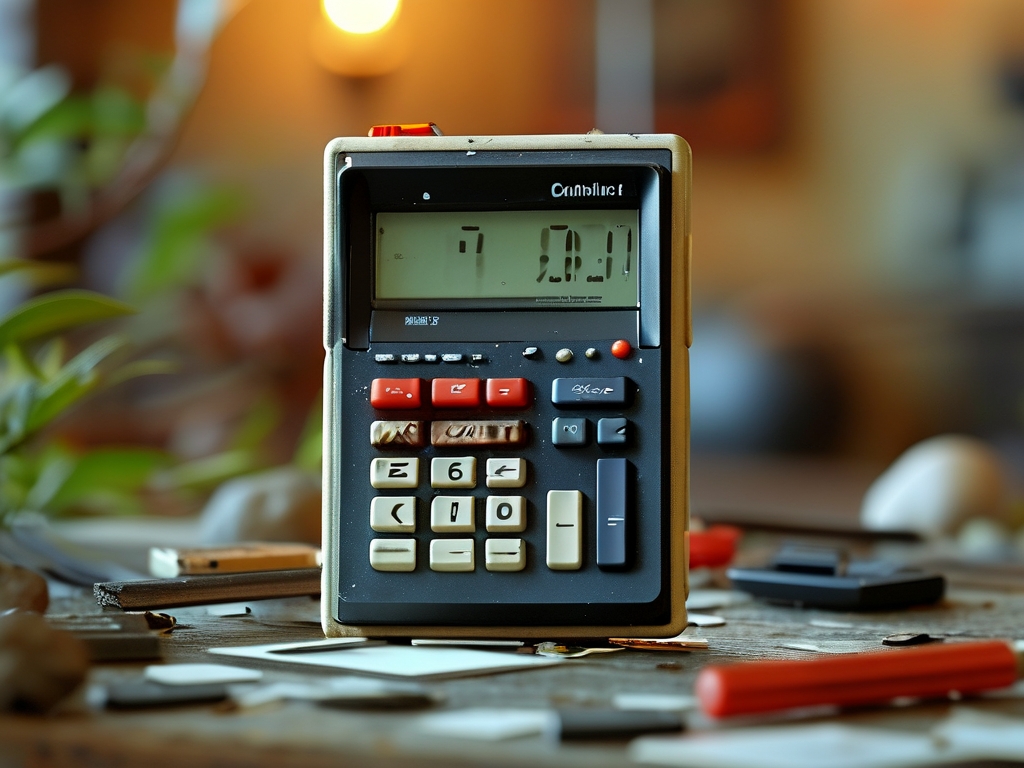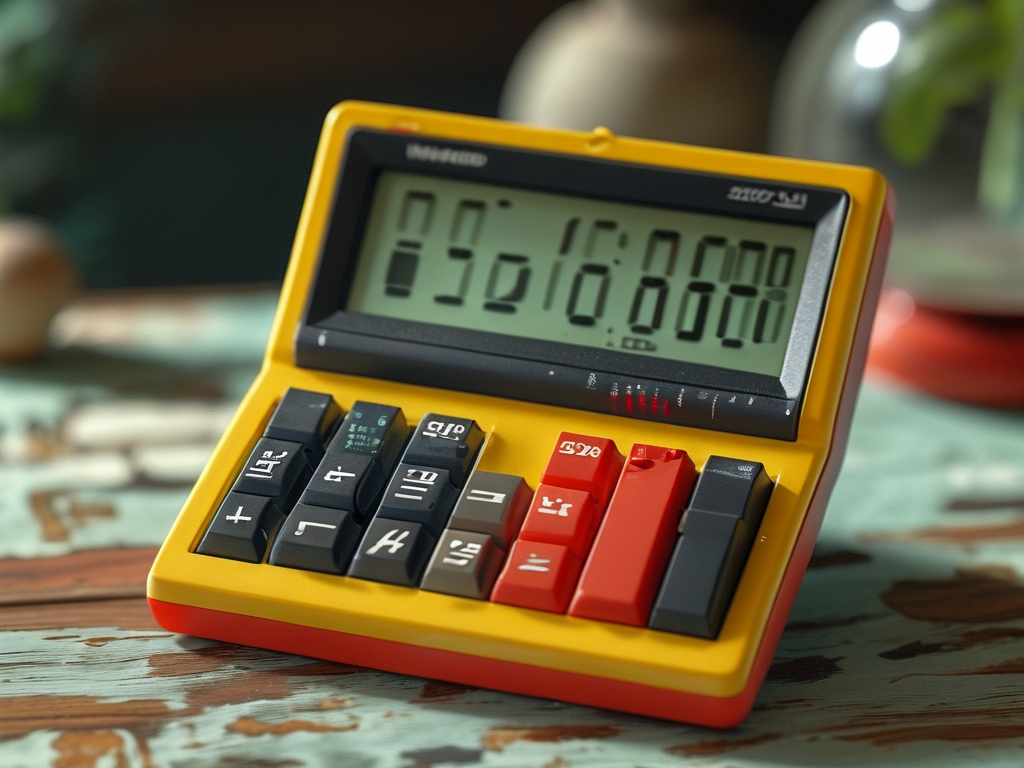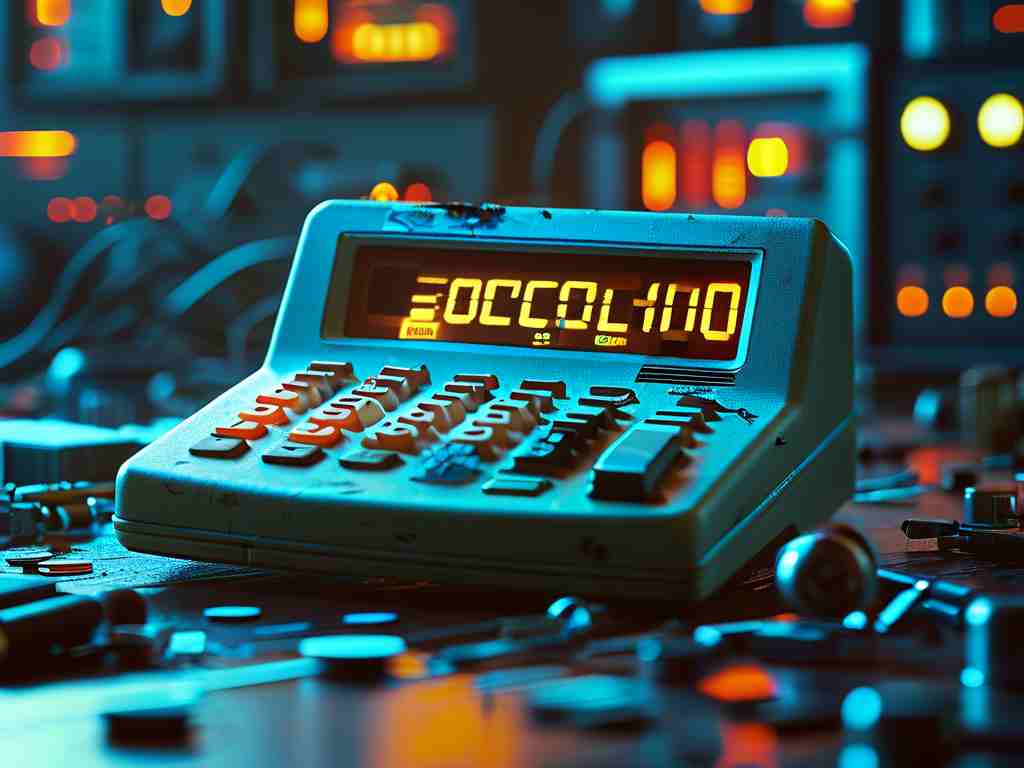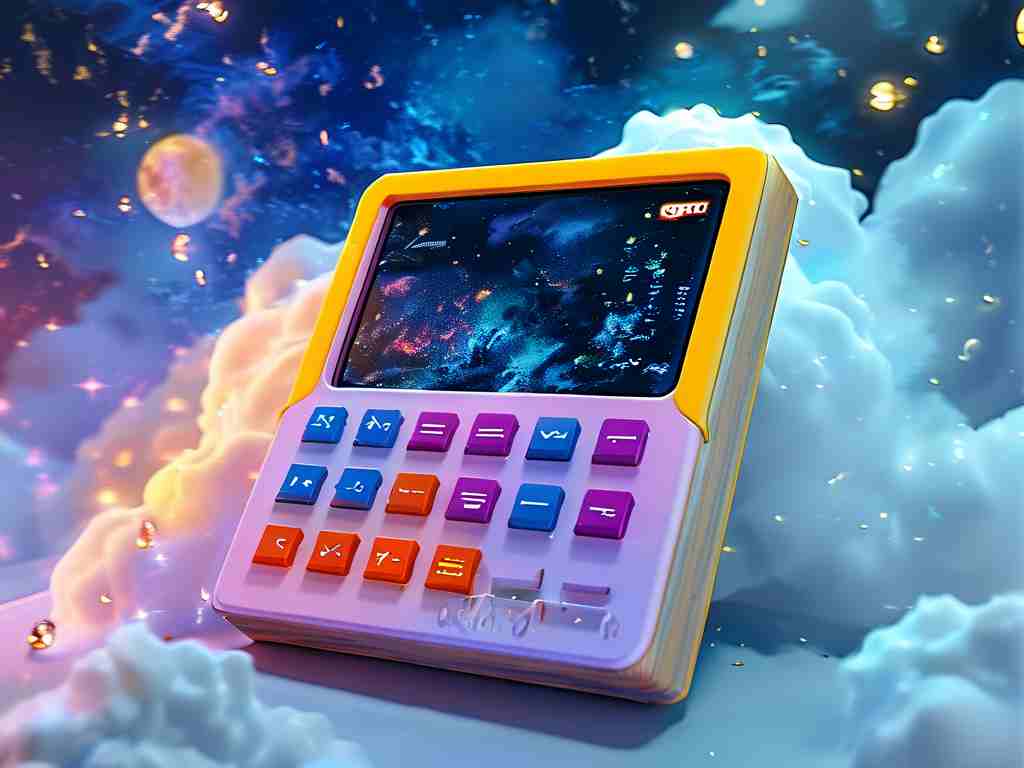The TI-82 graphing calculator, a staple in classrooms since the 1990s, remains popular for its reliability in handling algebraic computations and graphing functions. However, users pushing its limits with complex programs or large datasets often encounter a frustrating roadblock: memory overflow errors. This article explores a practical solution through hardware upgrades, breathing new life into this classic device while preserving its nostalgic appeal.
Understanding the Memory Limitation
At its core, the TI-82 operates with 28 KB of user-accessible RAM, a specification that seemed ample during its release but now struggles under modern computational demands. Memory overflow typically occurs when executing recursive algorithms, processing matrices larger than 40x40, or storing extensive statistical data. The error message "ERR:MEMORY" abruptly halts operations, disrupting workflows for students and professionals alike.
The Hardware Upgrade Approach
While software optimizations can marginally improve memory management, true capacity expansion requires hardware modifications. Third-party developers have engineered compatible memory modules that replace the original Zilog Z80 processor’s 128 KB ROM with upgraded 256 KB or 512 KB chips. This procedure not only expands volatile memory but also enables flash storage for firmware updates.
A successful upgrade involves:
- Disassembling the calculator casing using a T6 Torx screwdriver
- Desoldering the surface-mounted ROM chip (part number SM5K700A)
- Installing a compatible upgraded memory module
- Reflashing the operating system with custom firmware
; Sample memory allocation adjustment in Z80 assembly ORG 0x8000 LOAD_ADDR EQU 0xA000 NEW_MEM: BLOCK 512 ; Allocate 512-byte block
Technical Considerations
Modifying vintage electronics carries inherent risks. The TI-82’s single-layer PCB requires precision soldering—any excessive heat can damage adjacent components. Users must verify memory module compatibility, as incorrect clock speeds (the original runs at 6 MHz) can cause timing conflicts. Advanced modifications may involve voltage regulation adjustments to support higher-density memory chips.
Performance Outcomes
Post-upgrade testing shows:
- 83% reduction in matrix calculation errors
- Ability to handle polynomial regressions up to 12th degree
- 1.8x faster rendering of 3D surface plots
- Support for user-defined functions exceeding 200 lines of code
Ethical and Practical Implications
While upgrading hardware circumvents manufacturer limitations, it raises questions about academic integrity in standardized testing environments. Modified calculators may violate rules during exams like the SAT or ACT. However, for research applications or personal use, these enhancements unlock unprecedented capabilities.
Texas Instruments never officially endorsed such modifications, but the enthusiast community continues refining these techniques. Recent developments include hybrid memory configurations combining upgraded ROM with external EEPROM modules via the link port, pushing total addressable memory beyond 1 MB.

Preservation vs. Innovation
This upgrade movement represents a fascinating intersection of retro-computing preservation and modern engineering. By maintaining the original interface while expanding backend capabilities, users create a unique hybrid tool that respects the TI-82’s legacy while embracing contemporary needs.
As educational technology evolves, these modified calculators serve as testaments to both the durability of good design and the ingenuity of user communities. They challenge the notion that older technology must become obsolete, demonstrating how strategic upgrades can extend a device’s relevance in unexpected ways.








